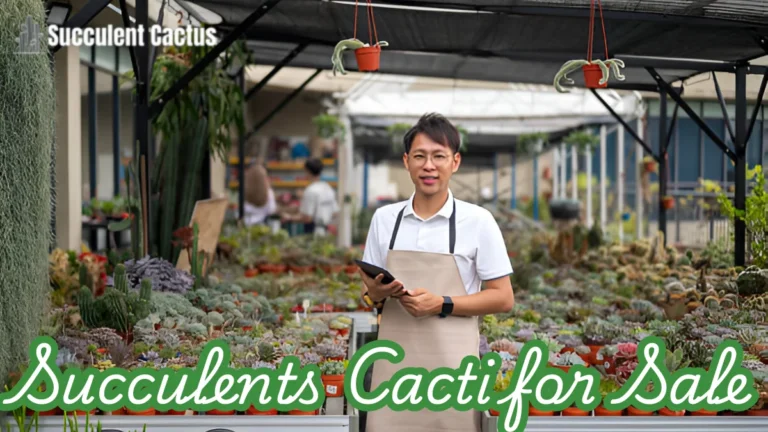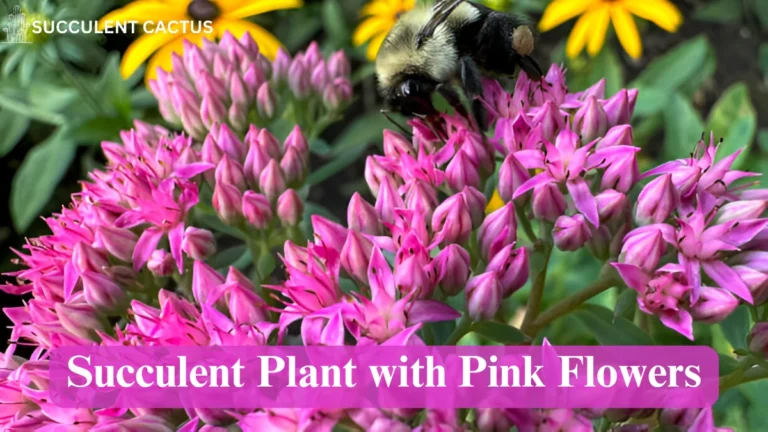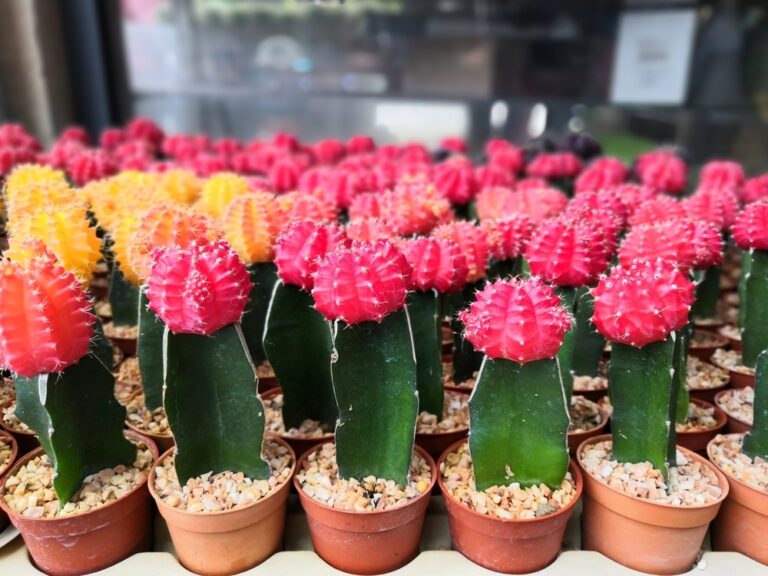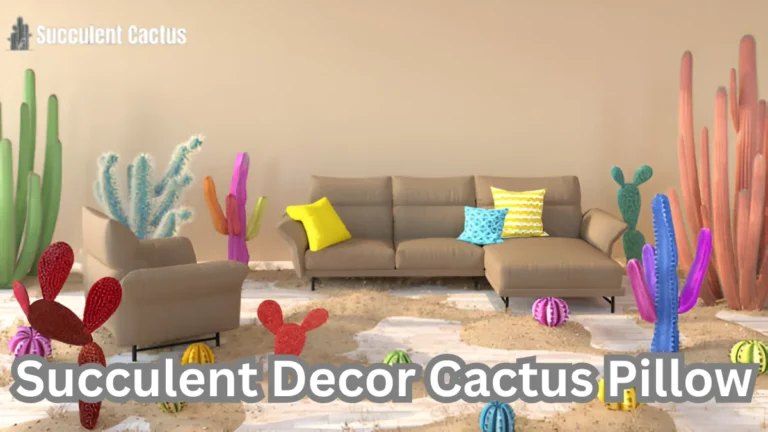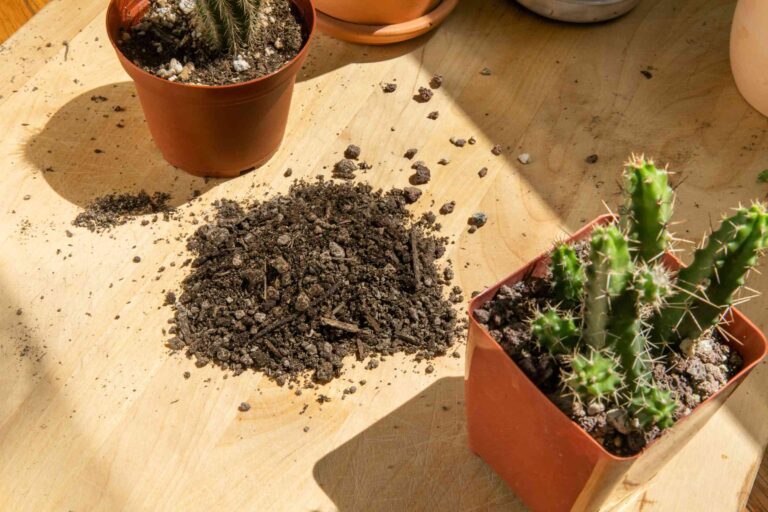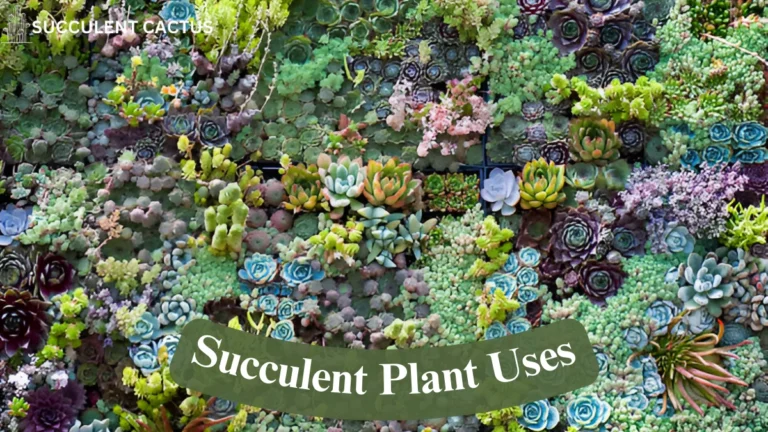Planted Cactus: Essential Tips for Growing and Caring for Your Cactus Plants
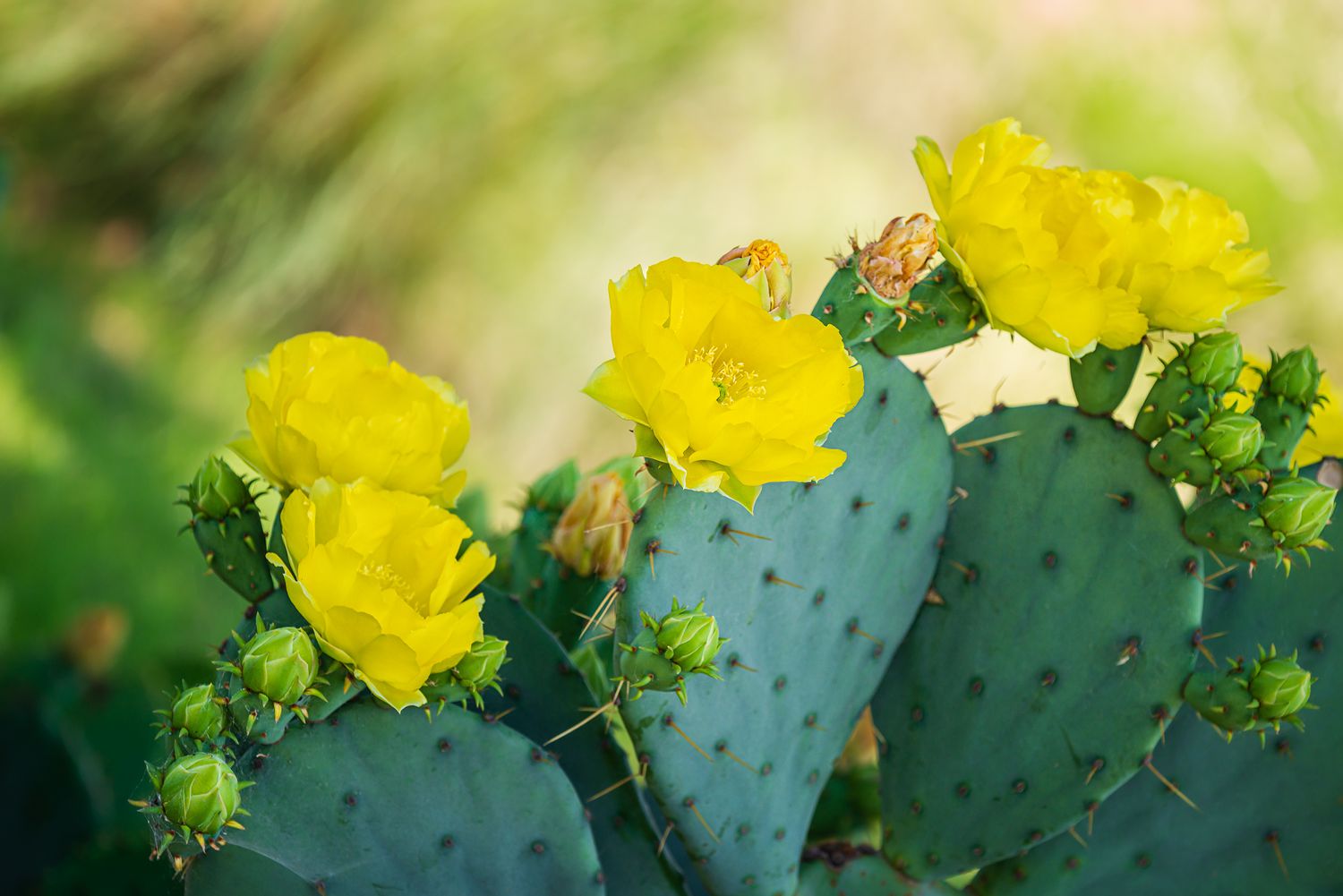
Cacti are among the most resilient and versatile plants, making them a popular choice for both indoor and outdoor gardening. A well-maintained planted cactus can enhance your living space, add a touch of greenery, and thrive even in the most challenging conditions. This guide will provide comprehensive tips to grow, care for, and enjoy your cactus plants to their fullest potential.
What is a Planted Cactus?
A planted cactus refers to any cactus that is rooted in soil, whether in a pot, garden bed, or decorative arrangement. Unlike wild cacti that thrive in natural deserts, planted varieties are curated for home gardens, patios, or indoor spaces. These plants are known for their ability to store water, adapt to arid conditions, and require minimal maintenance.
Why Choose a Planted Cactus for Your Garden?
Adding a planted cactus to your garden comes with several benefits:
- Low Maintenance: Requires minimal watering and care.
- Aesthetic Appeal: Offers unique shapes, colors, and textures.
- Versatility: Suitable for indoor pots, rock gardens, or desert-themed landscapes.
- Environmental Benefits: Helps conserve water and supports sustainable gardening practices.
Popular Varieties of Planted Cactus
Selecting the right cactus species can significantly impact your gardening experience. Here are some popular types of planted cactus:
1. Golden Barrel Cactus (Echinocactus grusonii)
This round, spiny cactus is perfect for outdoor rock gardens or large pots.
- Care Needs: Thrives in full sunlight with occasional watering.
- Features: Golden spines and a striking spherical shape.
2. Prickly Pear Cactus (Opuntia)
A classic cactus variety known for its paddle-shaped segments and edible fruits.
- Care Needs: Requires well-drained soil and bright light.
- Features: Flowers in vibrant shades of yellow, pink, or red.
3. Christmas Cactus (Schlumbergera bridgesii)
Unlike typical desert cacti, this variety is tropical and blooms during the holiday season.
- Care Needs: Prefers partial shade and slightly moist soil.
- Features: Bright, festive flowers in red, white, or pink.
How to Grow a Planted Cactus
Growing a healthy planted cactus begins with proper planting techniques and environmental conditions.
1. Choosing the Right Soil
Cacti require well-draining soil to prevent root rot.
- Cactus Mix: Use a pre-made cactus soil mix or blend regular soil with sand and perlite.
- Avoid Heavy Soil: Clay-rich soils can retain water, harming the cactus.
2. Selecting the Ideal Pot
The container you choose for your planted cactus plays a vital role in its health.
- Drainage Holes: Ensure the pot has drainage holes to prevent waterlogging.
- Material: Terracotta pots are ideal as they allow moisture to evaporate.
3. Planting the Cactus
Handle your cactus carefully, as spines can cause injury.
- Use gloves or tongs to position the cactus in the soil.
- Place the cactus at the same depth as it was in its previous container.
- Water lightly after planting to help the roots settle.
Caring for Your Planted Cactus
Proper care ensures that your planted cactus thrives and remains healthy for years.
1. Watering
Cacti are drought-tolerant plants, but they still require occasional watering.
- Frequency: Water every 2–4 weeks, depending on the season.
- Method: Water deeply, allowing excess water to drain out.
- Avoid Overwatering: Always let the soil dry completely before the next watering.
2. Sunlight Requirements
Sunlight is crucial for the growth and health of your planted cactus.
- Indoor Cacti: Place near a south-facing window for maximum light exposure.
- Outdoor Cacti: Position in a spot that gets at least 6–8 hours of direct sunlight daily.
3. Fertilizing
Feed your cactus during the growing season (spring and summer).
- Use a cactus-specific fertilizer diluted to half strength.
- Avoid over-fertilizing, as this can damage the roots.
Creative Ideas for Displaying Planted Cacti
Enhance the visual appeal of your garden or home with these display ideas:
1. Cactus Terrariums
Create a mini desert landscape by combining different species of planted cacti in a glass terrarium.
2. Hanging Planters
Use wall-mounted or ceiling-hung planters to display your smaller cacti in a unique way.
3. Rock Gardens
Integrate your cacti into an outdoor rock garden for a natural, low-maintenance aesthetic.
Common Problems and Solutions for Planted Cactus Care
Even with the best care, cacti can face challenges. Here’s how to address common issues:
1. Overwatering
- Symptoms: Mushy, discolored stems or roots.
- Solution: Repot the cactus in fresh, dry soil and reduce watering frequency.
2. Pests
- Common Pests: Mealybugs, spider mites, and scale insects.
- Solution: Treat infestations with neem oil or insecticidal soap.
3. Lack of Sunlight
- Symptoms: Pale, stretched growth.
- Solution: Move your cactus to a brighter location or supplement with grow lights.
Propagating Planted Cacti
Propagation is a rewarding way to expand your cactus collection.
1. Using Offsets
Many cacti produce baby plants, or offsets, around their base. Simply detach and plant them in new soil.
2. Stem Cuttings
Cut a healthy stem, let it callous over for a few days, and then plant it in soil.
3. Seeds
Growing from seeds requires patience but can result in unique varieties of planted cacti.
Seasonal Care for Planted Cactus
Adjusting your care routine according to the seasons is vital for keeping your cactus healthy.
Spring and Summer
- Water more frequently, as the cactus is actively growing.
- Fertilize monthly to promote growth.
Fall and Winter
- Reduce watering to once a month or less.
- Keep the cactus in a well-lit area away from cold drafts.
Why Planted Cacti are Perfect for Beginners
If you’re new to gardening, cacti are an excellent choice for starting your journey. Their low-maintenance nature, combined with their adaptability, makes them ideal for anyone looking to add greenery to their space. A planted cactus not only beautifies your home but also requires minimal time and effort.
Choosing the Right Location for Your Cactus
Finding the perfect spot for your cactus is crucial for its growth.
1. Indoor Spaces
Cacti are excellent indoor plants when provided with ample sunlight. A south-facing windowsill is an ideal location for most varieties.
- Light Needs: Most cacti require at least 6 hours of bright, indirect sunlight.
- Temperature: Maintain consistent warmth and avoid cold drafts.
2. Outdoor Gardens
For outdoor cacti, choose a location that mimics their natural desert habitat.
- Soil Conditions: Well-draining soil is essential to prevent root rot.
- Protection: Use rocks or nearby plants to shield them from excessive rain or frost.
Caring for Your Cactus: Seasonal Adjustments
Cacti have specific needs that change with the seasons. Here’s how to care for them throughout the year:
Spring and Summer
- Watering: Increase watering frequency as the plant actively grows.
- Fertilizing: Use a diluted cactus fertilizer once a month.
- Repotting: Spring is the best time to repot your cactus if needed.
Fall and Winter
- Watering: Reduce watering to once every 4–6 weeks.
- Lighting: Ensure adequate sunlight during shorter days. Consider grow lights if necessary.
- Dormancy: Many cacti enter a dormant phase, requiring less care.
Creative Ways to Display Your Cactus Collection
Cacti are versatile and can enhance the aesthetic of your home or garden in creative ways:
- Hanging Planters: Perfect for trailing varieties like the rat tail cactus.
- Terracotta Pots: These classic pots complement the natural beauty of cacti.
- Fairy Gardens: Combine cacti with miniature accessories for whimsical displays.
Common Mistakes to Avoid When Growing Cacti
While cacti are low-maintenance, improper care can lead to problems. Avoid these common mistakes:
- Overwatering: This is the most common cause of cactus death. Ensure the soil dries completely before watering.
- Poor Drainage: Use pots with drainage holes and avoid heavy soils.
- Inadequate Sunlight: Lack of light can cause cacti to become elongated and weak.
Why Cacti Are a Sustainable Gardening Choice
Cacti are not only beautiful but also environmentally friendly.
- Water Efficiency: Their ability to store water makes them ideal for drought-prone areas.
- Minimal Maintenance: Requires less attention compared to other plants.
- Longevity: With proper care, a cactus can live for decades.

